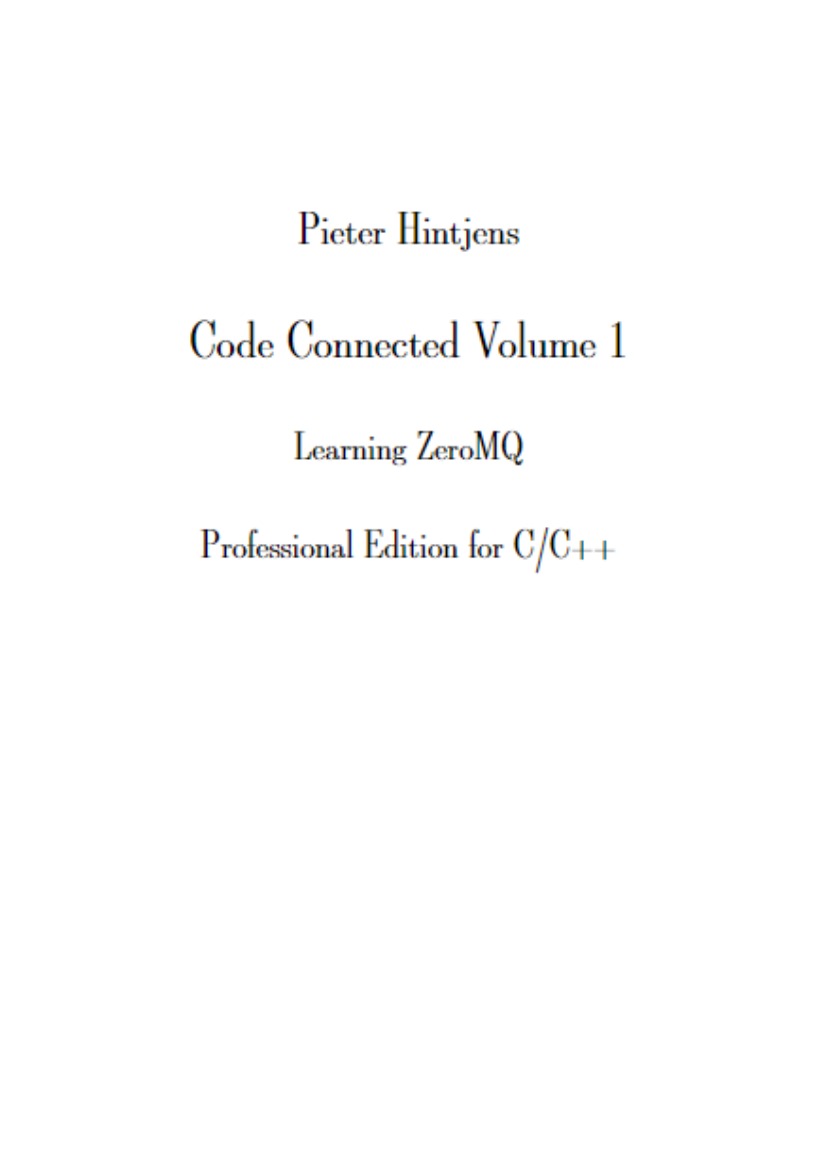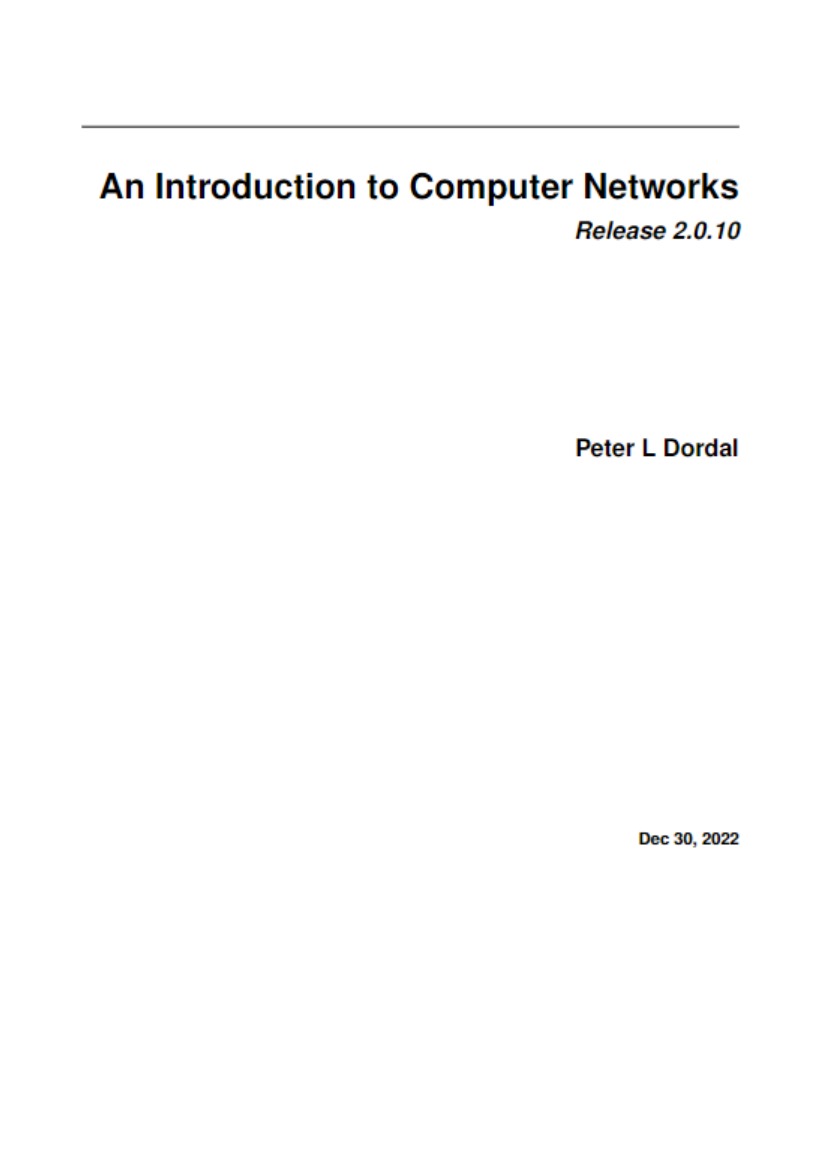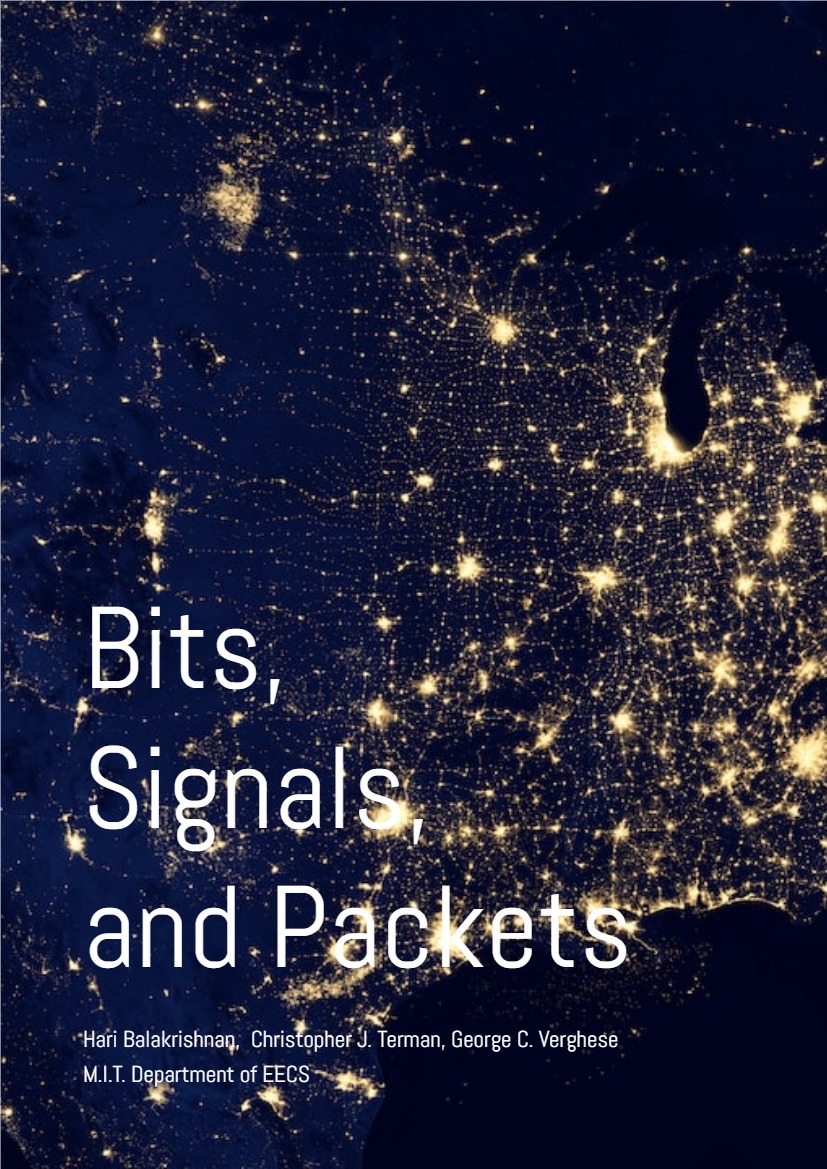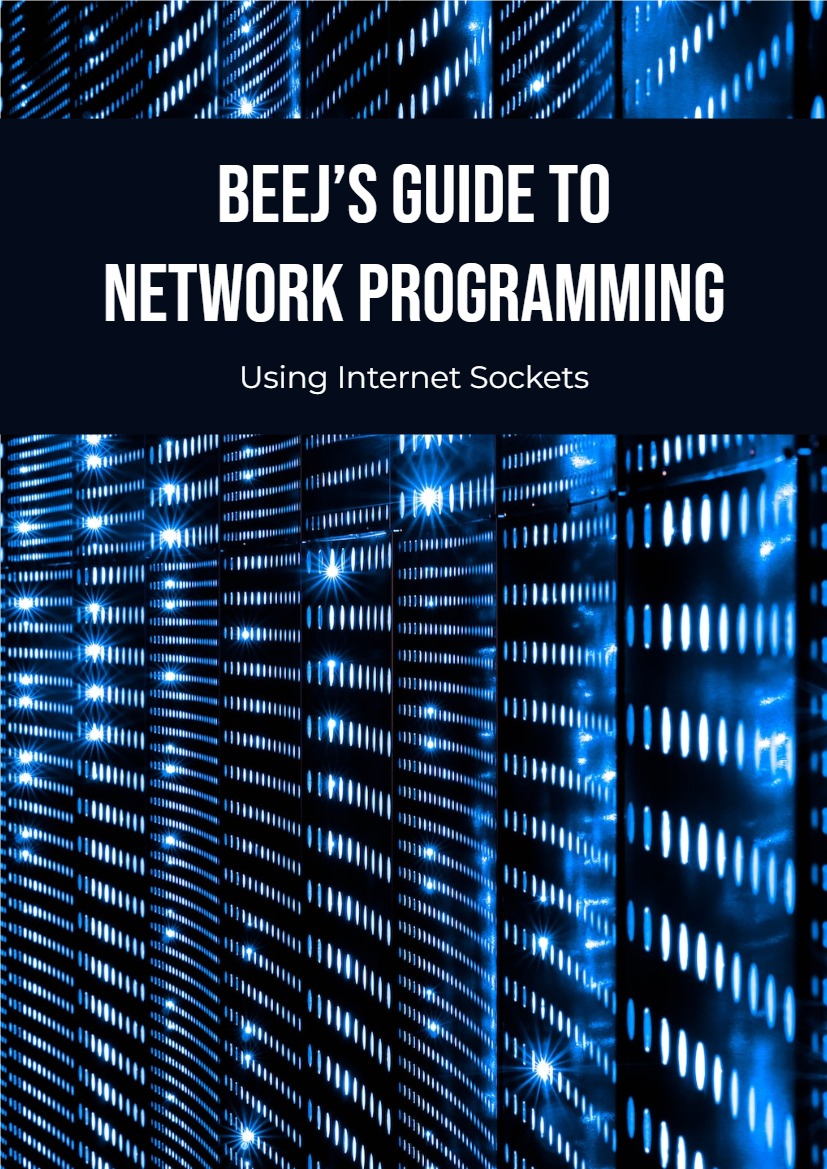When the first computers were built during the second world war, they were expensive and isolated. However, after about twenty years, as their prices gradually decreased, the first experiments began to connect computers together. In the early 1960s, researchers including Paul Baran, Do nald Davies or Joseph Licklider independently published the first papers describing the idea of building computer networks [Baran] [Licklider1963] . Given the cost of computers, sharing them over a long distance was an interesting idea. In the US, the ARPANET started in 1969 and continued until the mid 1980s [LCCD09]. In France, Louis Pouzin developed the Cyclades network [Pouzin1975].
Many other research networks were built during the 1970s [Moore]. At the same time, the telecommunication and computer industries became interested in computer networks. The telecommunication industry bet on the X25. The computer industry took a completely different approach by designing Local Area Networks (LAN). Many LAN technologies such as Ethernet or Token Ring were designed at that time. During the 1980s, the need to interconnect more and more computers led most computer vendors to develop their own suite of networking protocols. Xerox developed [XNS] , DEC chose DECNet [Malamud1991] , IBM developed SNA [McFadyen1976] , Microsoft introduced NetBIOS [Winston2003] , Apple bet on Appletalk [SAO1990] . In the research community, ARPANET was decommissioned and replaced by TCP/IP [LCCD09] and the reference implementation was developed inside BSD Unix [McKusick1999].
Universities who were already running Unix could thus adopt TCP/IP easily and vendors of Unix workstations such as Sun or Silicon Graphics included TCP/IP in their variant of Unix. In parallel, the ISO, with support from the governments, worked on developing an open Suite of networking protocols. In the end, TCP/IP became the de facto standard that is not only used within the research community. During the 1990s and the early 2000s, the growth of the usage of TCP/IP continued, and today proprietary protocols are seldom used. As shown by the figure below, that provides the estimation of the number of hosts attached to the Internet, the Internet has sustained large growth throughout the last 20+ years.











